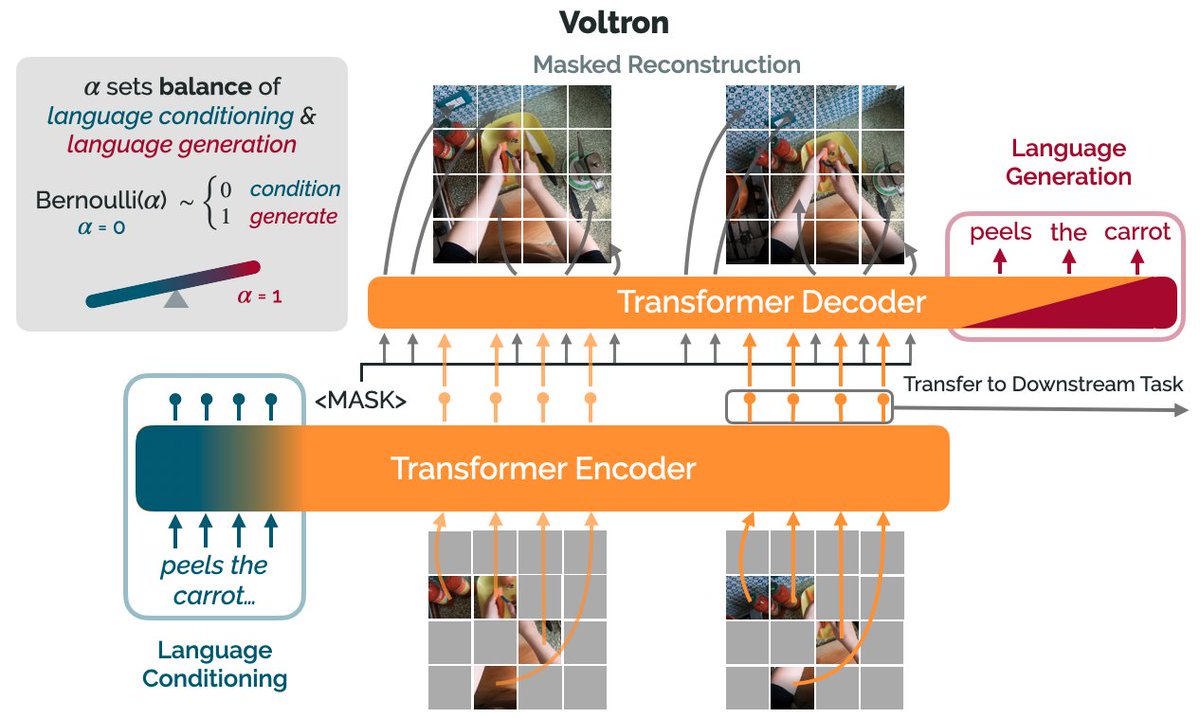According to psychology professor Paul Reber, our brains have the ability to store up to the equivalent of three million hours of TV…
But most people don’t ever come close to that capacity.
So how do you maximize your memory?
Follow these steps…
You have 2 forms of memory:
1. Long term memory
It stores:
• Skills
• Important days
• Repeated information
2. Working memory
It stores small bits of information that can be used for cognitive tasks.
The more information to your long-term memory, the more valuable it becomes.
You can build things upon each other and make valuable connections.
But here’s the thing…
To store information in long-term memory, it has to go through working memory.
That's how your brain filters out info you don’t need for a long time like:
• Your plane’s flight number
From important info like:
• Your phone number
But there’s a big problem with our memory…
Overstimulation.
Our brains are overloaded with notifications, ads, and TikToks.
Because of this, our brains have a hard time sorting through what’s important.
So, here are 4 ways you can drastically improve your memory:
Use the Feynman Technique.
This is the best way to learn a new topic:
1. Write out what you want to learn
2. Simplify it for a 5 year old
3. Review what you didn’t understand
4. Refine until it’s in its simplest form
Turn off notifications.
Each alert drains your dopamine + focus.
Because of this, your mind is flooded with information which makes it 10x harder to recall important info.
Make it a habit to go long periods of time without checking your phone.
Use active recall.
After learning something important, keep reviewing the information.
This signals to your brain “hey this is important.”
Over enough time, you’ll store it in your long-term memory.
Use spaced repetition.
This is a learning strategy where lessons are repeatedly reviewed at increasing intervals to ensure important information is memorized.
These are the 4 steps you need to take to use spaced repetition:
1. Plan the intervals of your study sessions
2. Review and study the information for the first time
3. Recall the information at the first spacing interval
4. Keep recalling the information at chosen intervals
How to remember everything you learn:
1. Use The Feynman Technique
2. Turn off notifications
3. Use active recall
4. Use spaced repetition
Enjoyed this thread?
Retweet the first tweet to help others.
Want more content like this?
Follow me
@mpickle for content on improving your life through productivity.
https://t.co/HA9og8uN6G
